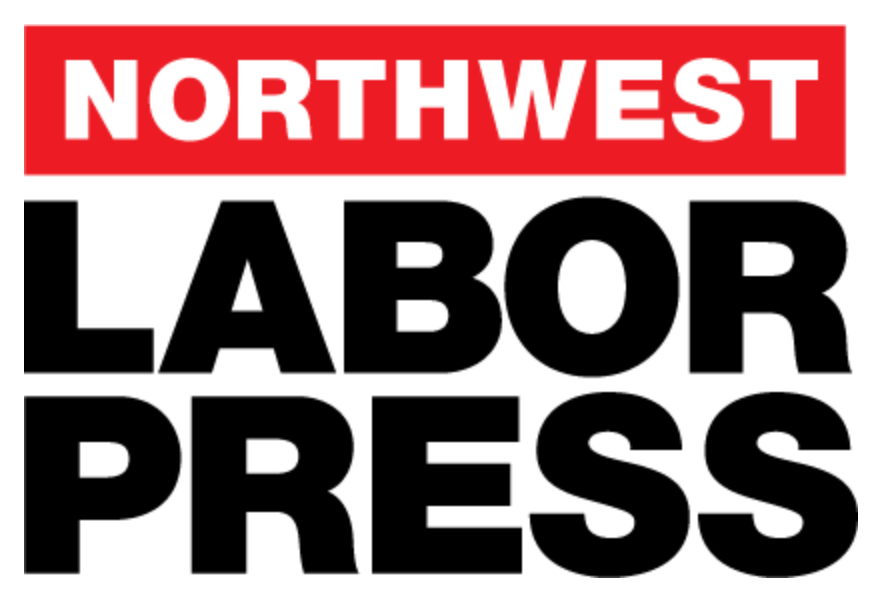John Sweeney, who led an era of transformative change in America’s labor movement, died Feb. 1 at home in Bethesda, Md. He was 86.

Sweeney and his successor, current AFL-CIO President Richard Trumka, ran alongside Linda Chavez-Thompson as a “New Voice” slate for the top jobs at the October 1995 AFL-CIO convention. Sweeney, who had then been president of the Service Employees International Union (SEIU) for 15 years and a member of the labor federation’s Executive Council, defeated former President Lane Kirkland’s successor, Tom Donahue.
It was the first contested election in AFL-CIO history, and Sweeney became the third AFL-CIO president since the federation formed in 1955. (It was led by George Meany from 1955 to 1980, and Kirkland had been Meany’s number two.) Two months before Sweeney’s October 1995 election, Kirkland had resigned when it became clear he’d be ousted in the wake of the GOP’s 1994 congressional sweep and the AFL-CIO’s failure to stop the NAFTA pact or pass legislation banning the permanent replacement of strikers.
Under Sweeney’s watch the AFL-CIO turned more towards organizing, activism in the streets, and alliances with progressive organizations, rather than going it alone, which hadn’t worked well under Kirkland’s reign. The federation beefed up its Organizing Institute, training hundreds of new organizers for affiliates, and it launched Union Summer, a program that brought in college students to support union campaigns. It expanded its Executive Council to bring more women and people of color into leadership positions.
Ironically, those same complaints about inside baseball versus organizing were among the official reasons five unions gave for leaving the AFL-CIO to form Change to Win in 2005, during Sweeney’s tenure. Change to Win now has three unions, while a fourth, the Communications Workers, belongs to both labor federations.
SEIU’s departure for Change to Win forced Sweeney to personally switch unions, to the Office and Professional Employees. He retired from the AFL-CIO presidency in 2009, and Trumka succeeded him.
He received the Presidential Medal of Freedom from then President Barack Obama in 2011.
John Joseph Sweeney was born May 5, 1934, in the Bronx, one of four children of Irish immigrants. His father was a bus driver, his mother a domestic worker. His family moved to Yonkers, N.Y., when he was 11.
As a young man, Sweeney held jobs as a grave-digger and building porter while studying economics at Iona College in New Rochelle, New York, where he joined a union for the first time. He graduated from Iona in 1956. He worked briefly for IBM before taking a job as a researcher for the International Ladies Garment Workers Union. In 1960, he went to work for a New York doormen and janitors union, Local 32BJ of the Building Service Employees International Union, the forerunner of the SEIU. He became the head of the local in 1976, led several successful citywide strikes, then moved to Washington, D.C, in 1980, when he became the union’s international president. Under his tenure, SEIU devoted up to 30% of its budget to organizing and nearly doubled its membership.



As a young SEIU staffer in Canada at our newly-launched SEIU Canadian Regional Office in 1993, I met John Sweeney when he flew up to address Canadian SEIU members at our Canadian convention. I had the pleasure of driving him back to the Toronto airport and during the drive, we chatted about SEIU’s origins and he told me the whole history of the first Canadian local of SEIU (the old Building Services Union) that formed in Vancouver, British Columbia. John Sweeney was a remarkable man, a remarkable leader, a remarkable labor legacy.
Rest in peace John Sweeney and on behalf of the entire middle class, a very big thank you for all you’ve done to elevate the standard of living and quality of life for all of us North American working men and women and our families.
Let us always remember and never forget: Unions built the middle class.
Ted Mansell
Business Agent
SEIU Local 2
Canada